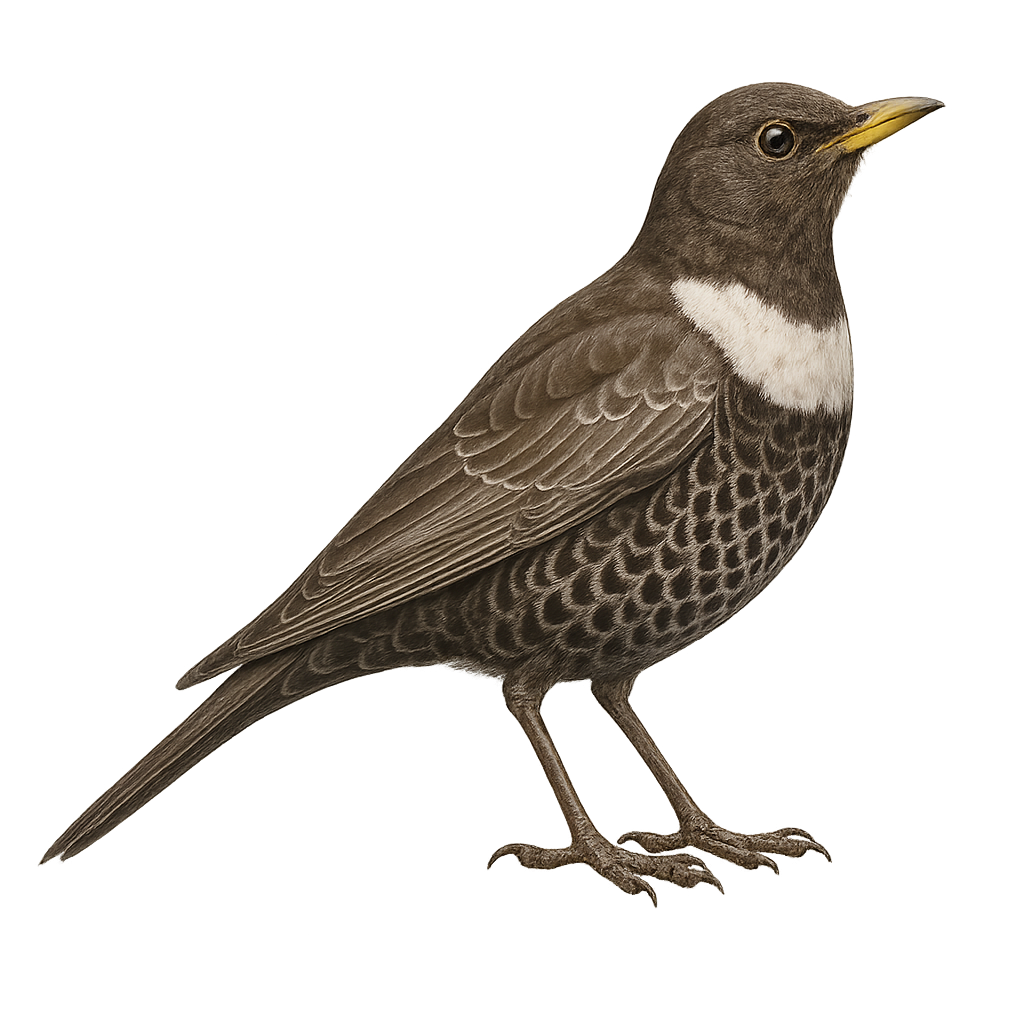Your wildlife photography guide.
Explore the ring ouzel in detail, study its behavior, prepare your shots.
Where to observe and photograph the ring ouzel in the wild
Learn where and when to spot the ring ouzel in the wild, how to identify the species based on distinctive features, and what natural environments it inhabits. The WildlifePhotographer app offers tailored photography tips that reflect the ring ouzel’s behavior, helping you capture better wildlife images. Explore the full species profile for key information including description, habitat, active periods, and approach techniques.
Ring ouzel
Scientific name: Turdus torquatus

IUCN Status: Least Concern
Family: TURDIDAE
Group: Birds
Sensitivity to human approach: Suspicious
Minimum approach distance: 15 m
Courtship display: April to June
Incubation: 13-14 jours
Hatchings: May to July
Habitat:
Mountains, coniferous forests, bushes
Activity period :
Primarily active during the day, with peak activity in the morning and late afternoon.
Identification and description:
The ring ouzel is a passerine bird found primarily in the mountains and coniferous forests of Europe, Asia, and the Middle East. It is easily recognized by its dark plumage, white chest that contrasts with its black belly, and the white ring around its neck. This small bird primarily feeds on berries, insects, and small fruits, which it finds mainly in bushes and forest floors.
Recommended lens:
500 mm – adjust based on distance, desired framing (portrait or habitat), and approach conditions.
Photography tips:
Photograph the ring ouzel using a telephoto lens to capture its movements in bushes or forest floors. It is best to photograph early in the morning or late in the afternoon when the light is soft and the bird is more active. Be ready to capture a moment when it feeds on berries or insects.
The WildlifePhotographer App is coming soon!
Be the first to explore the best nature spots, track rutting seasons, log your observations, and observe more wildlife.
Already 1 430 wildlife lovers subscribed worldwide

